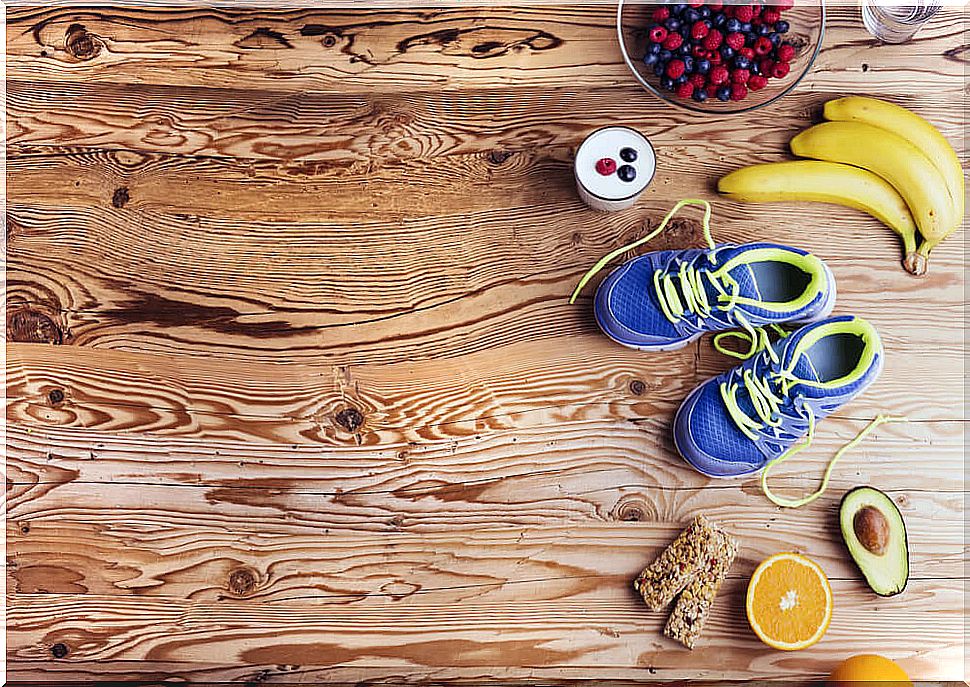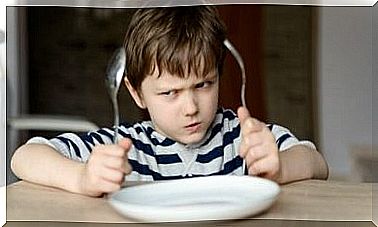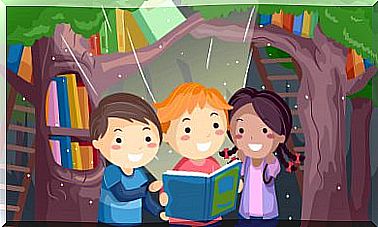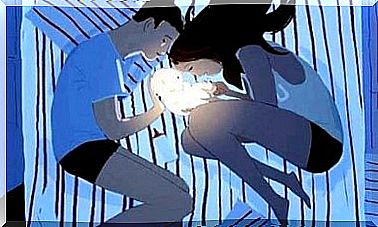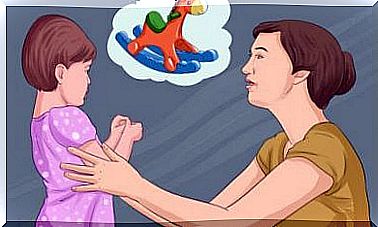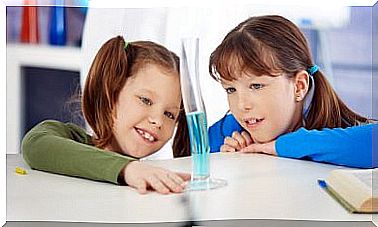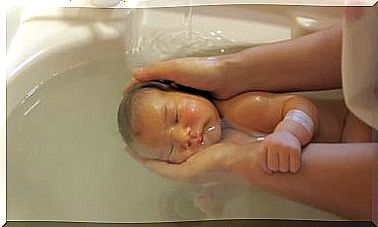Alternative Leisure For Young People
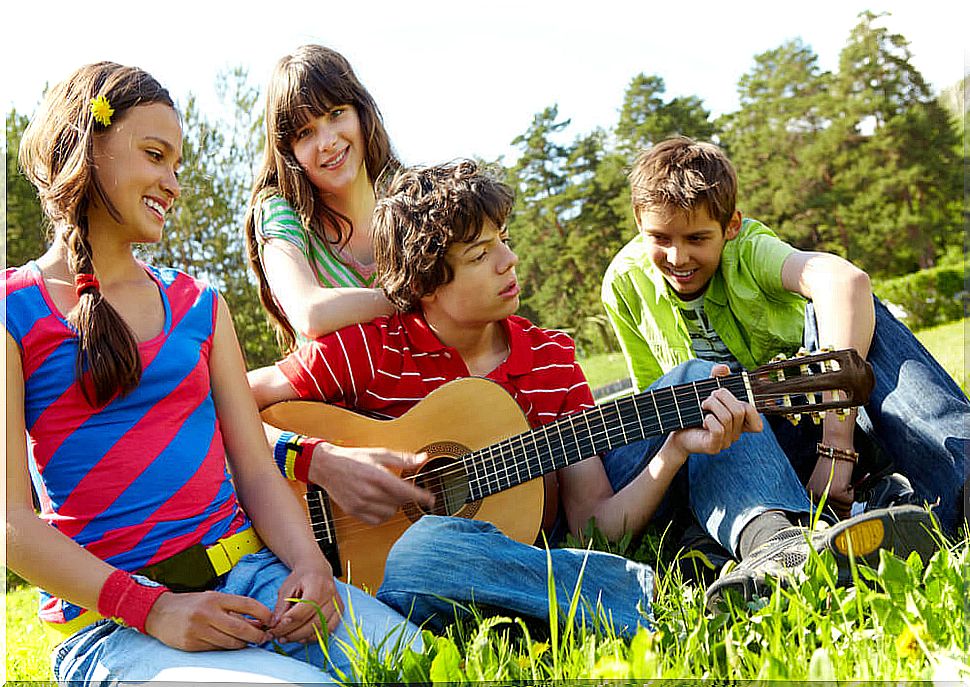
One of the social issues that requires attention and that generates concern for both parents and educators is how children and adolescents use and enjoy their free time. It is necessary to offer alternative leisure for young people in our cities and towns to curb sedentary lifestyle or attitudes that are harmful to health, such as substance use.
What is alternative leisure?
The fact of offering an alternative leisure to the youngest means offering an alternative in the enjoyment of free time, focused on the planning and development of workshops and cultural and socio-educational activities.
The benefits of teaching children and adolescents an alternative leisure are numerous. At the same time that they will be learning new resources and means to enjoy free time, they will learn to use leisure in a healthy way.
For example, the Gijón Open Until Dawn Youth Association develops a leisure program that is based on education in free time through sports and cultural activities. Its objective is to propose an alternative to leisure based on substance use.
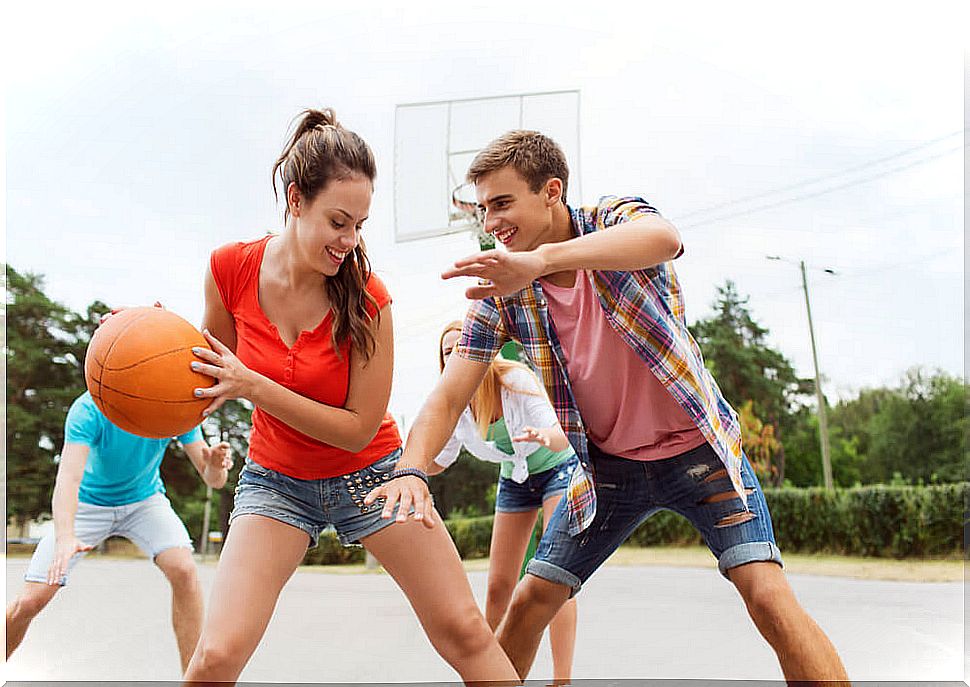
For its part, the DiverFácil association has developed the Alcohol-Free Leisure Project for the Prevention of Water Bottles . This project has various workshops aimed at boys and girls between 12 and 18 years old. Among their objectives is to transform rebellion into an optimal development of their personality or to motivate them so that they themselves choose how to use their leisure in a healthy way.
How to offer an alternative leisure?
There are various associations dedicated to offering alternative leisure for children and adolescents. Now, if your city does not have them, we offer you a series of activities dedicated to the youngest that can awaken their interest in healthy leisure.
sports
Clearly, sedentary lifestyle has been installed in many of our homes and, as the Spanish Heart Foundation warns , lack of exercise is considered one of the greatest risk factors in the development of heart disease.
Sports are an ideal opportunity to encourage physical activity, while helping to create social bonds, learn values, etc. Constructive martial arts, such as judo, karate, or fencing are also an excellent option.
Art and culture
Attending painting classes or plastic activities, or starting to play an instrument means much more than a hobby, since it encourages the interest of the youngest in investing their time in appreciating and enjoying the arts.
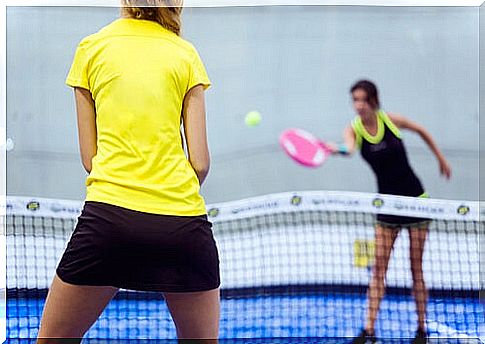
Likewise, cultural and artistic activities favor the positive development of the personality. In fact, for Unesco, art and culture promote sensitivity, solidarity and social awareness in children.
Associationism
Many young people want to be heard and participate actively in their environment. Associationism is a way in which young people can express their interests, opinions and social concerns.
By stimulating the participation of young people, we are favoring the development of skills such as responsibility or critical sense, in addition to promoting commitment and social cohesion.
Youth empowerment
Once we have taught children and adolescents how to enjoy their free time in a conscious and healthy way, the most important part comes: making them responsible for their leisure. That is, empower them, make them autonomous and independent when it comes to using their leisure without the help of adults.
